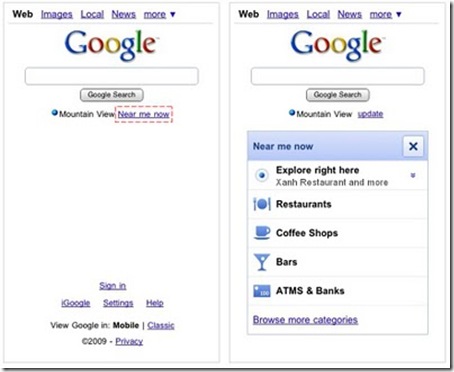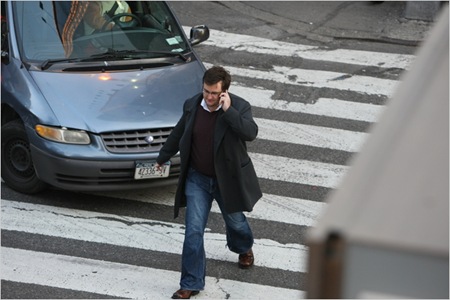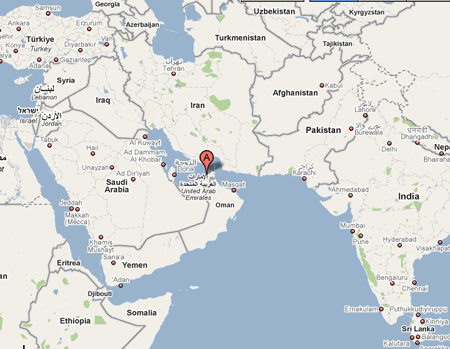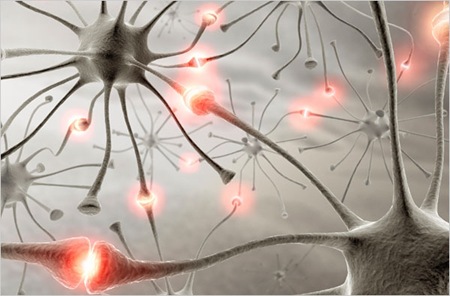 I’ve been driving a long, long while, close to 40 years now. It’s one of those things that I do on a daily basis and just as reflexively as walking. I’ve been talking on a phone just as long, with many years of experience doing so while doing something else. Multitasking has been around a lot longer than computers and cell phones and gadgets (though it took the common use of computers to come up with a label for doing more than one thing at a time), and it is something we humans are capable of. Why? Who cares why? We just are.
I’ve been driving a long, long while, close to 40 years now. It’s one of those things that I do on a daily basis and just as reflexively as walking. I’ve been talking on a phone just as long, with many years of experience doing so while doing something else. Multitasking has been around a lot longer than computers and cell phones and gadgets (though it took the common use of computers to come up with a label for doing more than one thing at a time), and it is something we humans are capable of. Why? Who cares why? We just are.
Just as obvious is that we know when our attention is divided too much just as instinctively. Ask any mother of a a toddler just how much attention she needs to pay to her child while doing other things. She learns quickly to grow eyes in the back of her head to monitor her child’s activities. If you know of a mother of a young child who doesn’t pick up toys, make beds, do dishes, dust, mop, throw a load of clothes in the washer and cook all with a phone held between her shoulder and ear, then you’ve met a rare mother indeed.
So all this crap about writing laws to prevent talking on a cell phone while driving is just about as ridiculous to me as the seat belt laws. Come on! Who does my not wearing a seat belt threaten? Why, my insurance company’s bottom line; a what, not a who. Point made.
Sure, cell phones fit in pockets a heck of a lot better than they fit between a shoulder and ear, and that tilted head skews visual depth perception quite a bit. So, guess what? I don’t do it! It takes too much concentration to figure out that skewed perception and carry on a conversation at the same time. I don’t talk on a cell phone and drive well, so I don’t do it. I don’t think I’m alone in this either. It’s called common sense and self-preservation all wrapped up in one.
But, there’s a legion of roosters strutting around in pomp and self-importance – and perhaps a mighty investment in insurance company stock – that insists that they know better than I know myself what is good for me. How dare they!
Beginning drivers, those who haven’t been driving long enough to build the neural pathways to develop the instincts it takes to drive safely, probably shouldn’t talk on a cell phone while driving. Even then, one close call is usually enough to drive that point home, don’t you think? That’s how we learned, right? And since a cell phone doesn’t fit between my shoulder and ear well, I don’t talk on it while driving unless I have my headphones or bluetooth.
Now, even more of those never-ending “studies” have come out that shows that accident rates do not drop in states that have banned cell phone use while driving! And those same studies indicate that texting, for some, certainly not me, has become just as second-nature as talking on a phone while doing chores, and again, show no drop in the accident rates.
Don’t get me wrong. I know that there are a lot people out there that have never heard of common sense, let alone have any, and do stupid things that threaten their well-being constantly and in the process, threaten others. They’ve been out there a lot longer than cell phones! Knowing this, we all learn to drive defensively. We have to. Cars are deadly just because they are 3,000 pounds moving down the road!
Why not just ban driving and get it over with? Oh, can’t do that – there’d be no profit in it. Pshaw!














